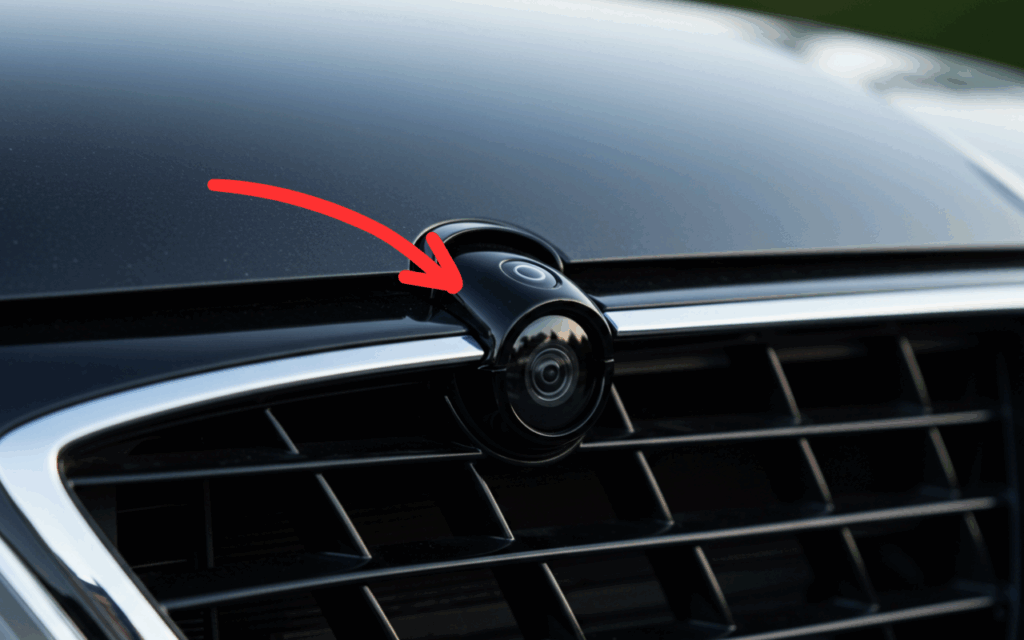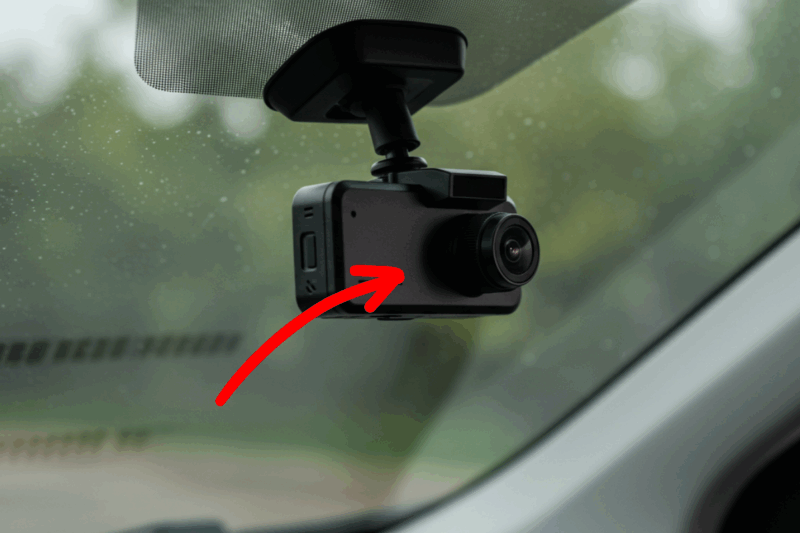If you’ve been shopping for a new car or simply keeping up with the latest in automotive technology, chances are you’ve come across the term “ADAS“. But what exactly is ADAS, and why is it becoming such a hot topic in the world of driving? Don’t worry, this guide will break it all down for you in simple, easy-to-understand terms.

What Does ADAS Stand For?
ADAS stands for Advanced Driver Assistance Systems. These are a collection of technologies designed to enhance the safety and convenience of driving. By using sensors, cameras, and other advanced tools, ADAS helps drivers avoid accidents, stay in control, and reduce the stress of being behind the wheel.
In short, ADAS acts like a co-pilot, providing helpful assistance while still keeping you in charge of your vehicle.
Why Is ADAS Important?
Driving can be unpredictable. From sudden lane changes to distracted pedestrians, there are countless variables that can lead to accidents. ADAS is here to help reduce those risks. By offering features like automatic braking, lane-keeping assistance, and blind-spot monitoring, these systems are designed to make our roads safer for everyone.
Not only does ADAS improve safety, but it also makes driving more comfortable. Imagine cruising on the highway with adaptive cruise control that adjusts your speed automatically or parking effortlessly with a system that steers into tight spots for you. Sounds nice, right?
Key Features of ADAS
→ ADAS includes a wide range of features, and while not every vehicle has all of them, here are some of the most common ones you might encounter:
1. Adaptive Cruise Control (ACC)
This feature adjusts your car’s speed to maintain a safe following distance from the vehicle ahead. If traffic slows down, ACC will slow your car too and speed it back up when the coast is clear.
2. Lane-Keeping Assistance (LKA)
Ever accidentally drift out of your lane? Lane-keeping assistance gently nudges your car back into position if it detects that you’re veering off course without signaling.
3. Automatic Emergency Braking (AEB)
If your car senses an imminent collision with another vehicle, pedestrian, or object, AEB can apply the brakes automatically to either prevent the crash or reduce its severity.
4. Blind-Spot Monitoring
Changing lanes can be tricky when you can’t see everything around you. Blind-spot monitoring uses sensors to alert you if there’s a vehicle in your blind spot.
5. Parking Assistance
Parallel parking nightmares? Not anymore! Parking assistance systems use cameras and sensors to guide your car into a parking spot or even park it for you.
6. Traffic Sign Recognition
This feature scans road signs (like speed limits or stop signs) and displays them on your dashboard to keep you informed.
7. Driver Monitoring Systems
Feeling drowsy? Some ADAS-equipped cars can detect signs of fatigue or distraction and alert you to take a break.
How Does ADAS Work?
→ ADAS relies on a combination of hardware and software technologies. Here’s a quick breakdown:
- Cameras: These are often mounted on the windshield, front grille, or rear of the car to capture visual data.
- Radar Sensors: These detect objects around your car and measure their distance and speed.
- Ultrasonic Sensors: These are used for close-range detection, like during parking.
- Lidar: Some advanced systems use lidar (light detection and ranging) for highly accurate 3D mapping of the surroundings.
- Software Algorithms: Once the sensors collect data, software analyzes it in real-time to decide how to assist the driver.
All these components work together seamlessly to provide alerts, make adjustments, or even take control if necessary.
Are ADAS Features Autonomous Driving?
Not quite! While ADAS can assist with many tasks, it’s not the same as full self-driving technology. Think of ADAS as a helper rather than a replacement for the driver. You still need to keep your hands on the wheel and your eyes on the road.
That said, ADAS is considered a stepping stone toward autonomous driving. Many of these features lay the groundwork for future self-driving cars.
Benefits of ADAS
→ So why should you care about ADAS? Here are some of the key benefits:
- Improved Safety: Fewer accidents mean safer roads for everyone.
- Reduced Stress: Features like adaptive cruise control and parking assistance make driving less overwhelming.
- Better Awareness: Alerts from systems like blind-spot monitoring help you stay informed about your surroundings.
- Fuel Efficiency: Some systems optimize driving patterns to save fuel.
- Higher Resale Value: Cars equipped with ADAS tend to hold their value better in the market.
Are There Any Downsides?
→ While ADAS is undeniably helpful, it’s not without its challenges:
- Cost: Vehicles with advanced ADAS features can be more expensive upfront.
- Over-Reliance: Some drivers may become too dependent on these systems and pay less attention to the road.
- Maintenance: Sensors and cameras may require calibration after repairs or replacements, which can be costly.
However, as technology continues to evolve, these drawbacks are likely to become less significant over time.
Is ADAS Worth It?
If safety and convenience are high priorities for you, then absolutely! Many drivers find that ADAS features give them peace of mind and make their daily commutes more enjoyable. Plus, as these systems become more common, they’re becoming increasingly affordable and even standard in many vehicles.
The Future of ADAS
The world of ADAS is constantly evolving. In the coming years, we can expect even more advanced features, such as systems that communicate with other vehicles (V2V) or infrastructure (V2I) to predict traffic patterns and avoid accidents before they happen.
As technology moves closer to fully autonomous vehicles, ADAS will remain a key player in shaping how we drive and how we stay safe on the road.
Conclusion
Advanced Driver Assistance Systems might sound complicated at first, but they’re really just tools designed to make driving safer and easier. Whether it’s helping you avoid collisions or taking the stress out of parking, ADAS has something to offer every driver.
So next time you’re in the market for a new car or just curious about automotive tech keep an eye out for these amazing features. Who knows? They might just make your time behind the wheel a whole lot better.


![[Apple CarPlay vs Android Auto] Which One Is Better for Drivers?](https://autoreviewzone.us/wp-content/uploads/2025/06/apple-carplay-vs-android-auto-which-one-is-better-for-drivers-800x533.png)